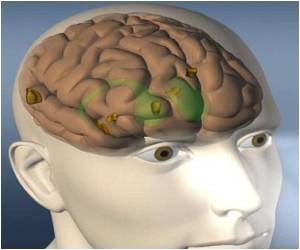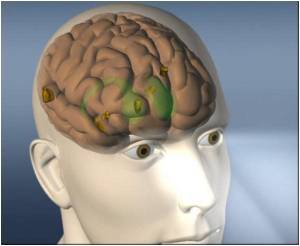A new study finds that race or ethnicity can be a significant clue in US as to who will survive a kind of stroke known as a subarachnoid hemorrhage and who will be discharged to institutional care.

The study was led by Dr. Loch Macdonald, a neurosurgeon and researcher at St. Michael's Hospital in Toronto and a world leader in subarachnoid hemorrhage research. The results were published online today in the Journal of Neurosurgery.
Subarachnoid hemorrhage--bleeding into the subarachnoid space that surrounds the brain--can increase pressure in the skull, damage or kill brain cells and deprive the brain of oxygen. It affects 10 in 100,000 people in North America each year, or about 40,000 cases a year. More than 70 per cent of people with SAH either die within 30 days or are permanently disabled. Dr. Macdonald examined data from the Nationwide Inpatient Sample, a large hospital care database in the United States.
He identified 31,631 hospital discharges related to stays for SAH between 2005 and 2010. "We believe there could be fundamentally important differences between the biological responses of different ethnic groups to diseases like SAH, rather than any difference due to their medical treatment," Dr. Macdonald said. "If we can understand what the biological basis is for the better outcome of some ethnic groups, then maybe we can develop ways to use the beneficial effects to help everyone with SAH." Among patients admitted to the hospital for SAH, 22 per cent died and 42 per cent were discharged to institutional care, such as a rehabilitation or long-term care facility.
Race or ethnicity was a significant predictor of both.
- Hispanic patients fared best of all racial/ethnic groups. Compared with Caucasians, Hispanic patients were significantly less likely to die while in the hospital and they shared about the same risk of discharge to institutional care.
- For black patients, the risk of dying in the hospital was similar to that for Caucasians, but if they survived their hospital stay, black patients had a greater risk of being discharged to institutional care.
- Native American patients were more likely than Caucasians to die while in the hospital or to be transferred to institutional care, but these differences were not statistically significant.
- Of all the racial/ethnic groups, Asian/Pacific Islander patients were most likely to die during hospitalization. They were also more likely than Caucasians to be discharged to institutional care, but this difference was not significant.
Source-Eurekalert















